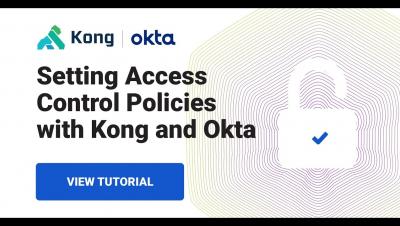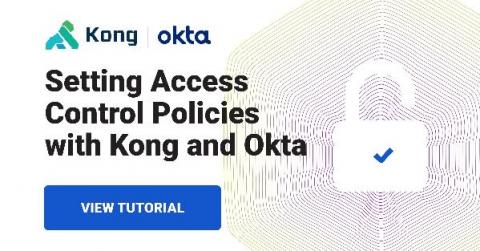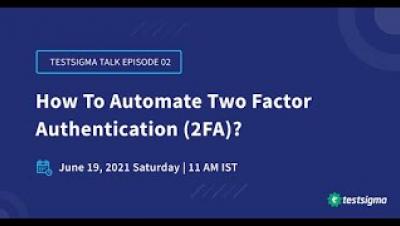Interview With Transmosis CEO Chase Norlin
For the seventh instalment in our series of interviews asking leading technology specialists about their achievements in their field, we’ve welcomed the CEO of Transmosis, Chase Norlin to share his journey in the field of cybersecurity as well as his recommendations for those looking to start their career in cybersecurity.








